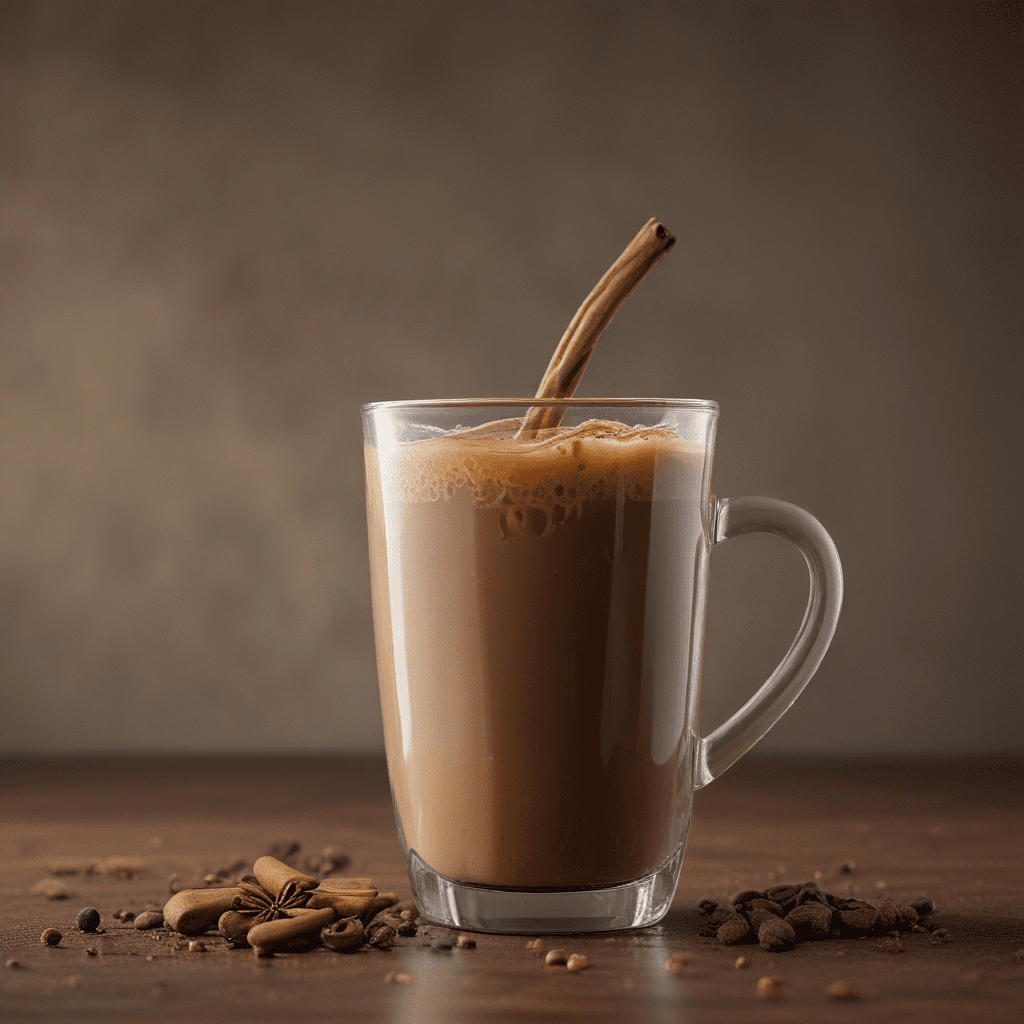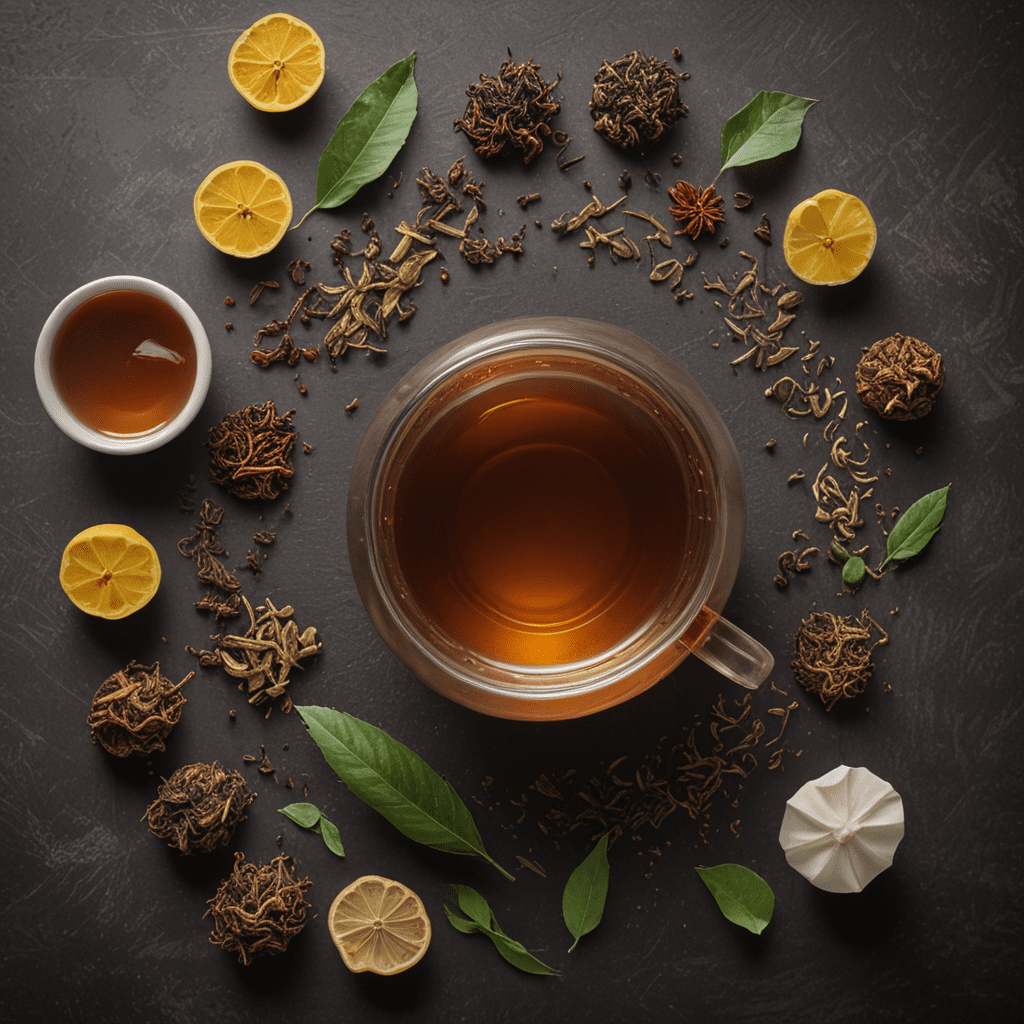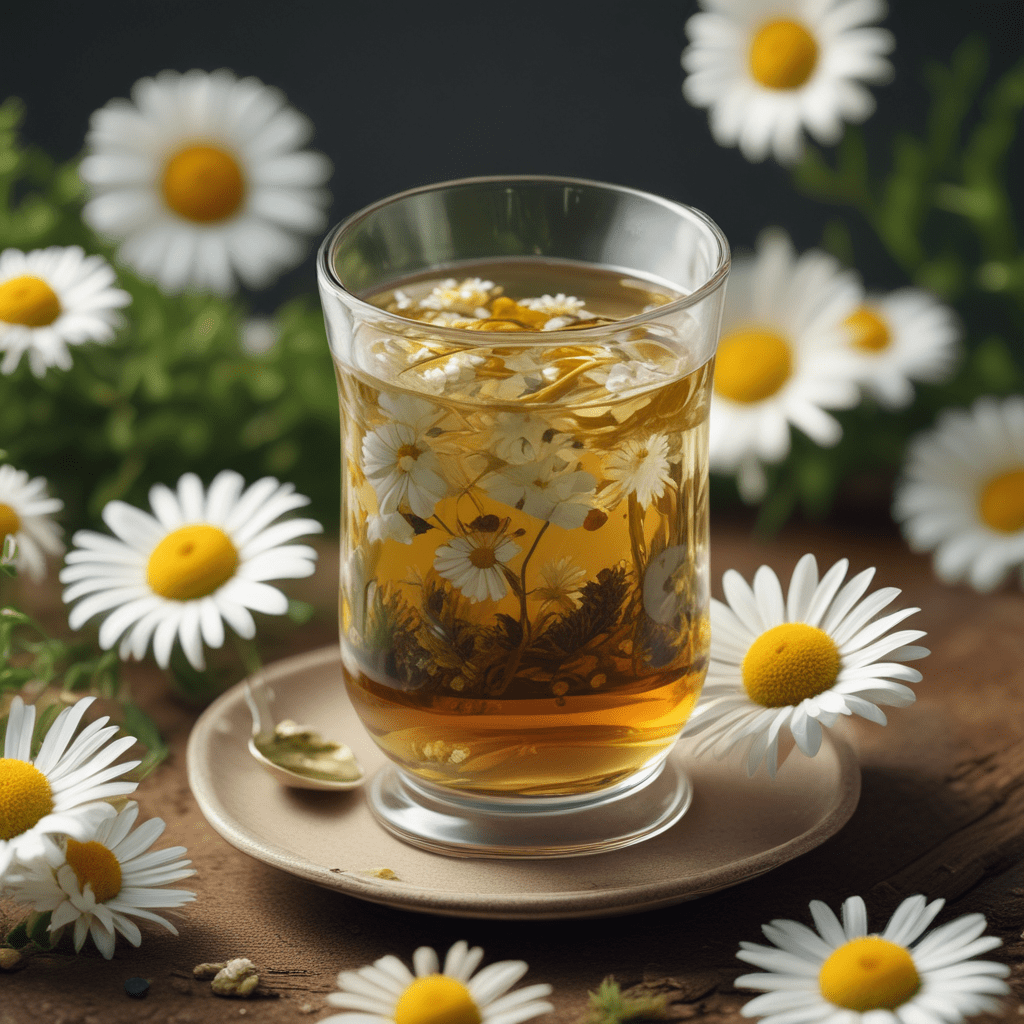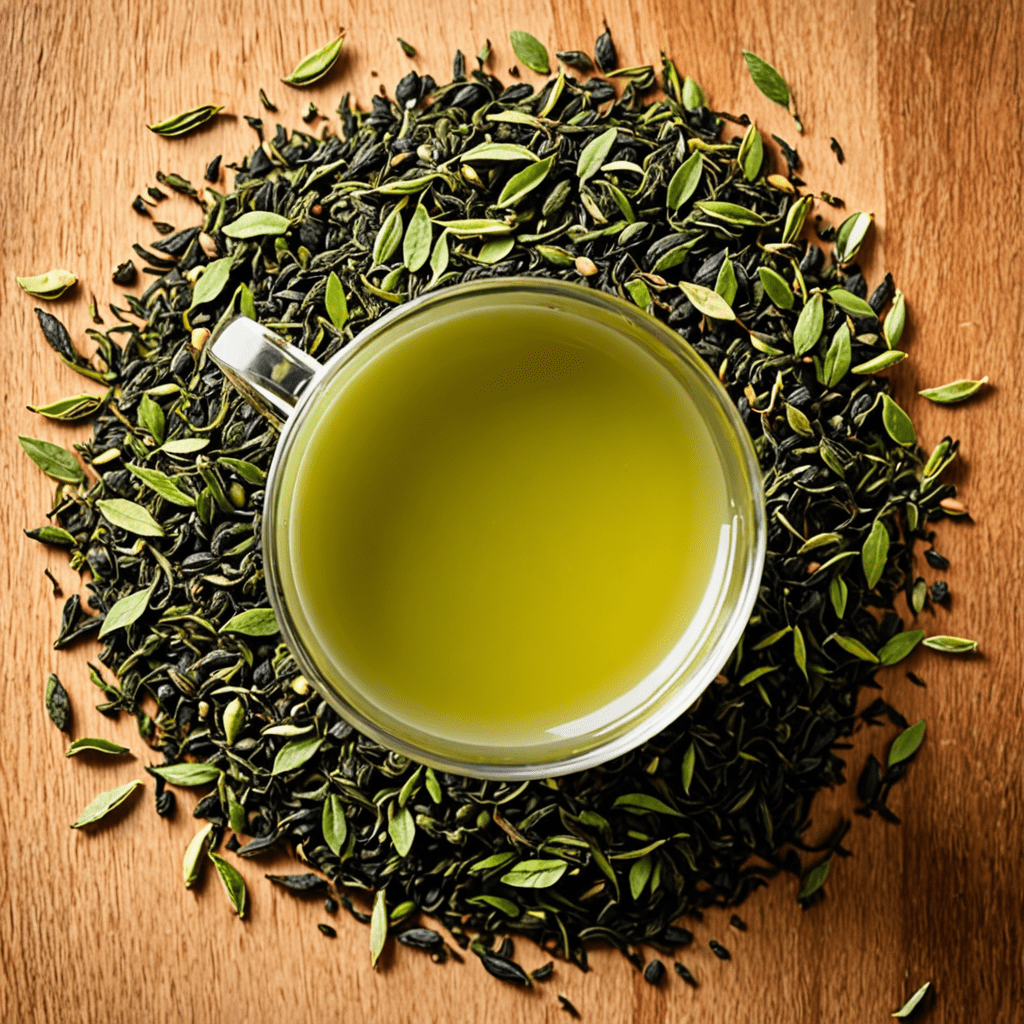
Chai Tea: The Perfect Balance of Sweet and Spice
Chai tea, a delectable blend of black tea, aromatic spices, and natural sweeteners, has captivated tea enthusiasts globally with its captivating aroma and harmonious flavors. This enchanting beverage boasts a rich history steeped in tradition and cultural significance, making it a captivating choice for tea connoisseurs.
History of Chai Tea
Chai tea originated in India centuries ago, where it was traditionally prepared in clay pots over open fires. Known as "masala chai," this aromatic concoction was a staple in Ayurvedic medicine, prized for its healing properties and invigorating effects. Over time, chai tea's popularity spread beyond India, gaining recognition worldwide as a comforting and flavorful beverage.
Ingredients of Chai Tea
The essence of chai tea lies in the harmonious blend of its ingredients. Black tea serves as the base, providing a robust foundation for the infusion of spices and sweeteners. The most commonly used spices in chai tea include:
Black Tea
Black tea forms the backbone of chai tea, contributing its characteristic bold flavor and rich tannins. Assam, Darjeeling, and Nilgiri are popular black tea varieties used in chai blends, each imparting unique notes to the overall taste experience.
Spices
Chai tea's aromatic complexity stems from the artful combination of spices. Cinnamon, cardamom, ginger, cloves, and black pepper are frequently employed, lending warmth, sweetness, pungency, and a hint of spice to the blend. Other spices, such as anise, nutmeg, and fennel, may also be incorporated, adding further depth and complexity.
Sweeteners
To balance the robust flavors of black tea and spices, chai tea often incorporates natural sweeteners. Honey, jaggery (unrefined cane sugar), and sugar are commonly used, adding a touch of sweetness and enhancing the overall harmony of the beverage.
6. Variations of Chai Tea
The versatility of chai tea allows for countless variations, catering to diverse tastes and preferences. Some popular variations include:
- Kashmiri Chai is known for its alluring pink hue, achieved through the addition of baking soda during brewing. It also features ground almonds, adding a distinctive nutty flavor.
- Ginger Chai emphasizes the invigorating warmth of ginger, making it a favorite choice during winters. Extra ginger slices can be added to the brewing process for an intense spicy kick.
- Pudina Chai incorporates fresh mint leaves, offering a refreshing twist on the traditional blend. The mint's cooling properties balance the spices, creating a soothing and aromatic beverage.
7. Cultural Significance of Chai Tea
Chai tea holds immense cultural significance in India and has become an integral part of daily life. It is a symbol of hospitality, often served to guests and shared during social gatherings. Chai tea vendors are a common sight on Indian streets, catering to the nation's love for this beloved beverage.
8. Chai Tea and Cuisine
Chai tea pairs effortlessly with various culinary delights, enhancing the flavors of both food and beverage. Its versatility allows it to complement sweet and savory dishes alike. Pairing chai tea with spicy curries or aromatic biryani creates a harmonious symphony of tastes.
9. Serving Chai Tea
9.1. Traditional Method
Traditionally, chai tea is prepared in a clay pot called a “kulhad.” Milk is brought to a boil, and tea leaves, spices, and sweeteners are added. The mixture is simmered and strained into a “tulsi” (clay cup). Chai tea is often served with a side of snacks, such as pakoras or samosas.
9.2. Modern Variations
Contemporary interpretations of chai tea include serving it in mugs or teacups. Loose-leaf tea or tea bags can be used for brewing, depending on preference. Some modern variations may incorporate non-traditional ingredients, such as cocoa powder or vanilla extract, to create unique flavor profiles.
10. Conclusion
Chai tea's captivating blend of flavors, cultural significance, and health benefits has made it a cherished beverage worldwide. Its versatility and adaptability allow for endless variations, catering to diverse tastes and occasions. As the perfect balance of sweet and spice, chai tea remains an enduring favorite, transcending generations and cultures.
FAQ
What is the best way to brew chai tea?
Traditionally, chai tea is brewed in a clay pot over an open fire, but it can also be easily prepared using loose-leaf tea or tea bags and simmered in a saucepan.
Are there any health benefits to drinking chai tea?
Yes, chai tea contains a blend of spices that offer various health benefits, including anti-inflammatory properties, improved digestion, and boosted immunity.
How can I customize my chai tea experience?
Chai tea is a highly customizable beverage. You can adjust the spices and sweeteners to your taste preferences, experiment with different black tea varieties, or even add non-traditional ingredients to create unique flavor profiles.
What type of snacks pair well with chai tea?
Traditionally, chai tea is served with a side of pakoras or samosas, but it also pairs well with cookies, muffins, or any sweet or savory snacks that complement its warm and spicy flavor.
Is chai tea naturally caffeine-free?
No, chai tea typically contains black tea as its base, making it a caffeinated beverage. However, some variations may use caffeine-free herbal teas as a substitute for black tea to create a caffeine-free option.


